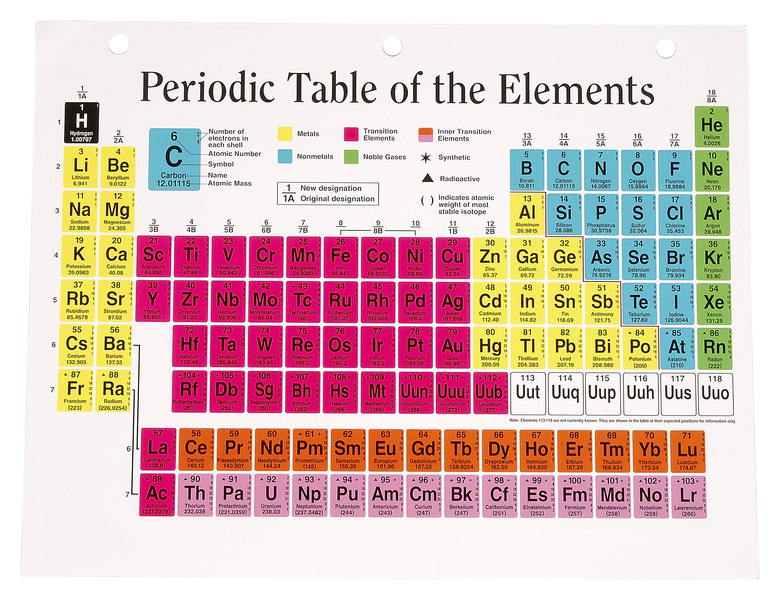How To Find The Number Of Moles Of Co2
As discussed in Raymond Chang's introductory textbook "Chemistry," a mole is a measure of molecules, equal to approximately 6.022x10^23 molecules, where the caret ^ refers to exponentiation. Using the ideal gas formula, you can find the number of moles of carbon dioxide (CO2) in a container if you know the other needed parameters and conditions. Above 150 pounds per square inch (PSI), or around 10 times normal atmospheric pressure, the ideal gas formula starts losing accuracy and the Van der Waals formula becomes increasingly preferable.
Step 1
Write the temperature of the CO2 in degrees Kelvin (K) by adding 273.15 to the number of degrees Celsius.
Step 2
Write the volume of the CO2 container in liters (L). A liter is about a quart. Convert gallons into liters by multiplying by 3.7854.
Step 3
Write the pressure of the container in atmospheres (atm). An atmosphere is about the air pressure at sea level. Convert PSI into atm by multiplying by 0.06804596.
Step 4
Calculate the number of moles of CO2 by the formula n=PV/RT, where P is the pressure from Step 3, V is the volume from Step 2, T is the temperature from Step 1 and R is a proportionality constant equal to 0.0821 L atm / K mol. All the units except for moles will cancel out in the end.
Step 5
Check your work against an online ideal gas calculator (see Resources).
References
- "Chemistry;" Raymond Chang; 1984
- Aus-e-Tute: Ideal Gas Law
Cite This Article
MLA
Dohrman, Paul. "How To Find The Number Of Moles Of Co2" sciencing.com, https://www.sciencing.com/number-moles-co2-5946746/. 24 April 2017.
APA
Dohrman, Paul. (2017, April 24). How To Find The Number Of Moles Of Co2. sciencing.com. Retrieved from https://www.sciencing.com/number-moles-co2-5946746/
Chicago
Dohrman, Paul. How To Find The Number Of Moles Of Co2 last modified March 24, 2022. https://www.sciencing.com/number-moles-co2-5946746/
